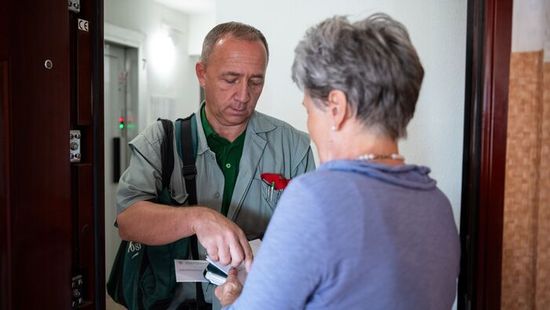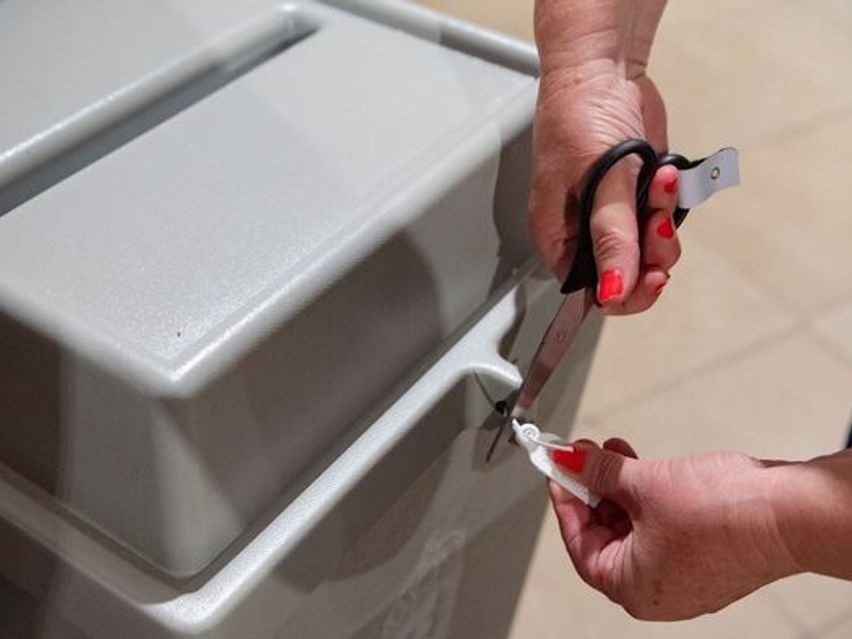A decade on from Angela Merkel’s ill-famed "Wir schaffen das" (We can do it) remark, the scorecard on integration is mixed: fewer than half of all migrants are working, while crime remains a problem. A study by the Institute for Employment Research (IAB) in Nuremberg found that last year 64 percent of those who arrived in 2015 were in employment. That means one third of this group remain unemployed – a significantly higher rate than among the general population, the international V4NA news agency reports.
Huge differences between men and women
The gender gap is particularly striking. Only 35 percent of women are employed – less than half the average rate for women overall, which stands at 69 percent. Many of those who do work are in part-time positions.
Yuliya Kosyakova, head of the IAB’s research division, made it clear:
The greatest potential for increasing employment among refugees lies with women.
In particular, it is mothers of young children who are not working: "Among refugee women with at least one child under the age of six, the employment rate was 21 percent, compared with 40 percent for childless women."
Many rely on welfare benefits
There is another warning sign: one third of those who arrived in 2015 were still receiving welfare benefits in 2023 – while this figure is declining, it still remains far above the average rate for the overall population. Among women who fled in 2015, 54 percent depend on welfare. While 76 percent of men are in work, the employment rate among women is only 35 percent.
In strictly Muslim families, the roles assigned to women differ from those in German families. Women there have children far more frequently than German women: on average three. According to experts, this is one of the main reasons why women work less.
In May 2025, only 41 percent of people from the eight main refugee source countries were employed. Including those in minor forms of employment, the rate reached 47.6 percent. This helps explain the steadily growing proportion of foreigners among recipients of citizens' income. Of the more than five million beneficiaries, nearly half do not hold a German passport – and this share is rising.























Szóljon hozzá!
Jelenleg csak a hozzászólások egy kis részét látja. Hozzászóláshoz és a további kommentek megtekintéséhez lépjen be, vagy regisztráljon!